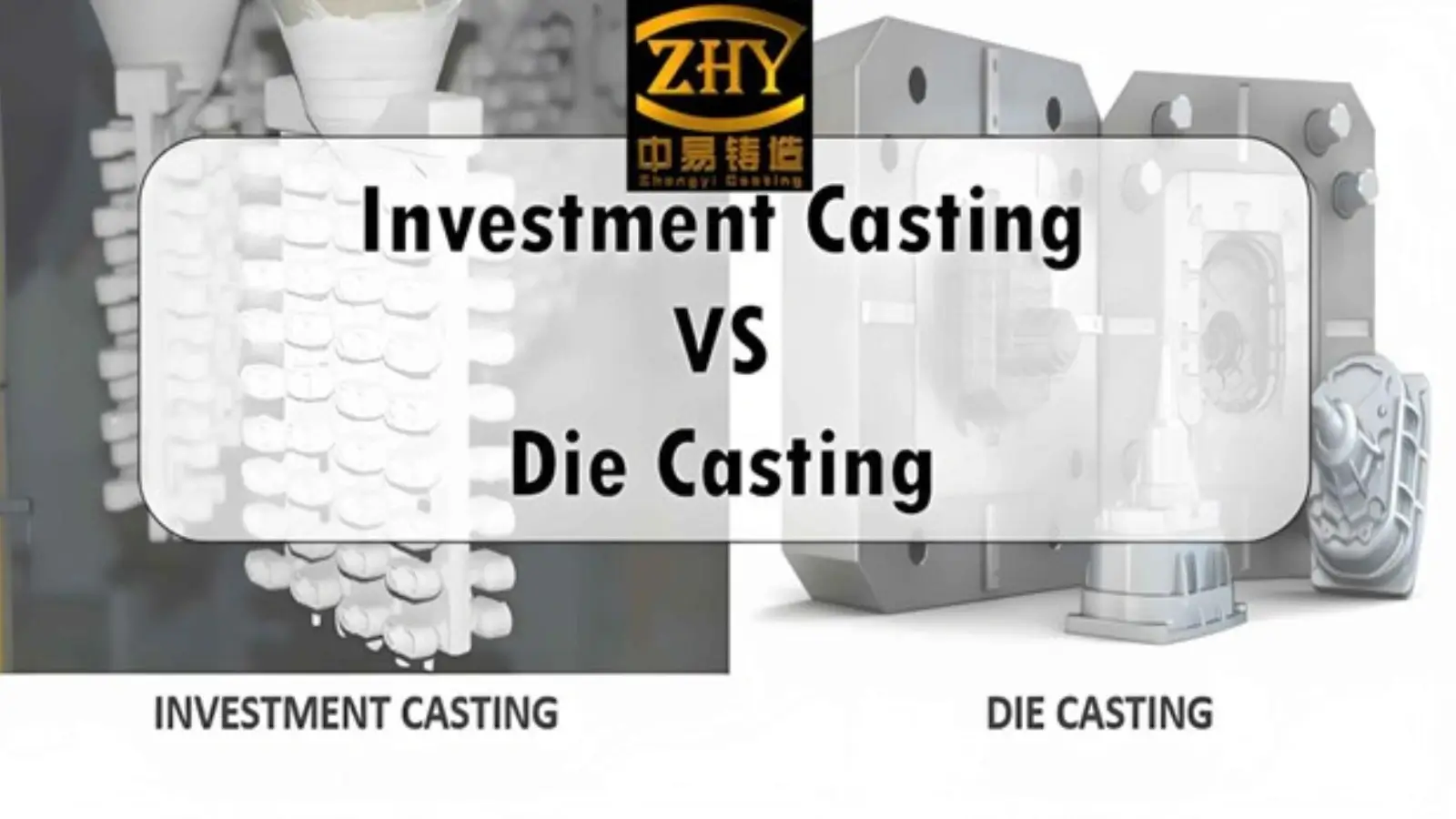— Both die casting and investment casting are excellent manufacturing processes — but each has its strengths and ideal use cases.
When it comes to metal casting, two popular methods stand out — die casting and investment casting. Both processes are widely used in manufacturing, but they serve different purposes and are best suited for different types of projects.
In this article, we’ll compare die casting vs investment casting, covering how each process works, their pros and cons, and which one might be right for your needs.
What is Die Casting?
Die casting is a manufacturing process where molten metal is injected into a steel mold, also known as a die, under high pressure. The metal solidifies quickly inside the mold, and the finished part is ejected. This method is widely used for producing large volumes of metal components with high precision. To learn more about die casting, you can visit https://moldpartner.com/ for detailed information and services related to the process.
Common Metals Used in Die Casting:
Key Features:
- Best for high-volume production
- Smooth surface finish
- Tight tolerances
What is Investment Casting?
Investment casting, also known as lost-wax casting, involves creating a wax model of the desired part. This model is then coated with a ceramic shell. Once the shell hardens, the wax is melted out, leaving a hollow mold. Molten metal is then poured into the mold to form the final product.
Common Metals Used in Investment Casting:
- Stainless steel
- Aluminum
- Bronze
- Nickel alloys
Key Features:
- Excellent surface finish
- High precision and complex shapes
- Suitable for low to medium production volumes
Die Casting vs Investment Casting: Key Differences
Let’s look at the major differences between die casting and investment casting in terms of cost, design, materials, and more.
1. Production Volume
- Die Casting: Ideal for mass production. The molds (dies) are expensive but reusable for thousands of parts.
- Investment Casting: Better for low to medium volumes. Each mold is destroyed after one use.
2. Tooling Cost
- Die Casting: High initial tooling cost. However, the cost per part decreases with higher volumes.
- Investment Casting: Lower upfront cost. Good for short runs and custom projects.
3. Design Complexity
- Die Casting: Limited when it comes to highly complex or hollow parts.
- Investment Casting: Allows for more complex designs, including internal cavities and thin walls.
4. Material Variety
- Die Casting: Mostly used with non-ferrous metals like aluminum, zinc, and magnesium.
- Investment Casting: Supports a wider range of metals, including stainless steel, bronze, and other high-temperature alloys.
5. Surface Finish & Tolerance
- Die Casting: Produces a smooth surface and good dimensional accuracy.
- Investment Casting: Offers even better surface finish and tighter tolerances, especially for detailed or intricate parts.
6. Lead Time
- Die Casting: Longer setup time due to complex tooling.
- Investment Casting: Quicker to prototype, especially for low-volume orders.
Pros and Cons
Here’s a quick summary of the advantages and disadvantages of each process.
1. Die Casting Pros:
- Very fast production after setup
- Cost-effective for large volumes
- Strong, consistent parts
2. Die Casting Cons:
- High upfront tooling costs
- Less flexibility in design
- Mostly limited to non-ferrous metals
3. Investment Casting Pros:
- Great for detailed and complex parts
- Works with almost any metal
- Lower initial costs
4. Investment Casting Cons:
- Slower process
- More expensive per part for high volumes
- Molds are single-use
Which Casting Method is Right for You?
Choosing between die casting and investment casting depends on your specific needs:
a) Choose Die Casting if:
- You need thousands or millions of parts
- You are using aluminum, zinc, or magnesium
- You want fast, automated production
b) Choose Investment Casting if:
- You have a complex or intricate design
- You need a small batch of parts
- You require high-strength materials like stainless steel
Conclusion
Both die casting and investment casting are excellent manufacturing processes — but each has its strengths and ideal use cases. If your project demands high volume, lower cost per part, and speed, die casting might be the better choice. On the other hand, if you’re working with complex designs or specialty metals, investment casting offers more flexibility and precision.
Before choosing, consider your budget, design complexity, metal type, and production volume. Working with an experienced casting supplier can also help you make the best decision for your project.


